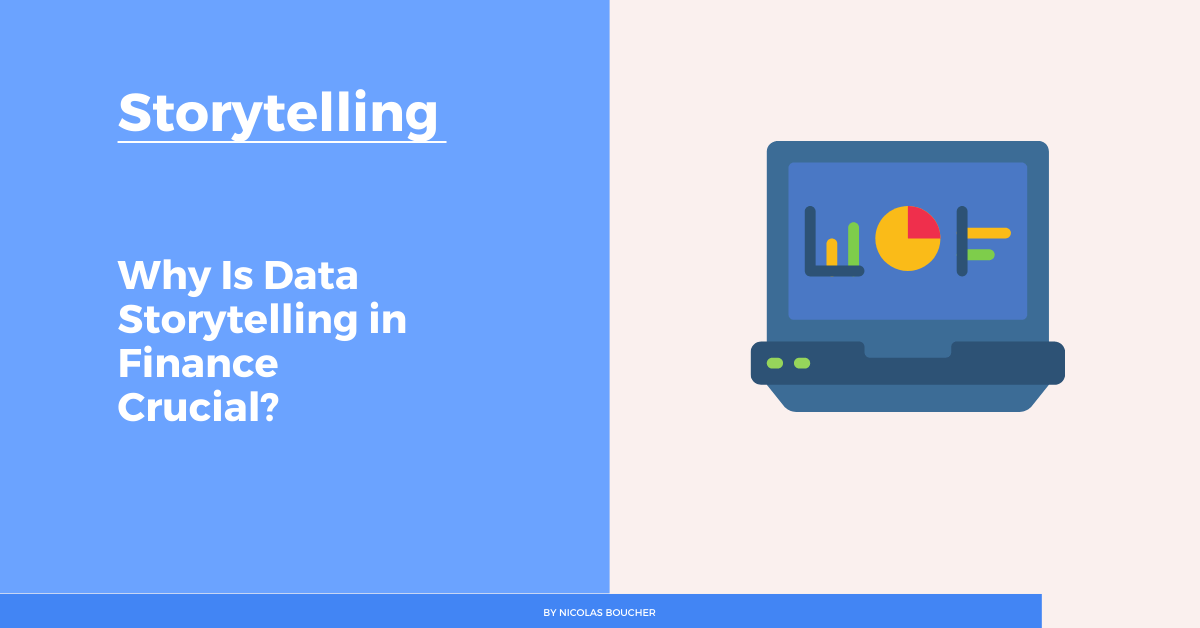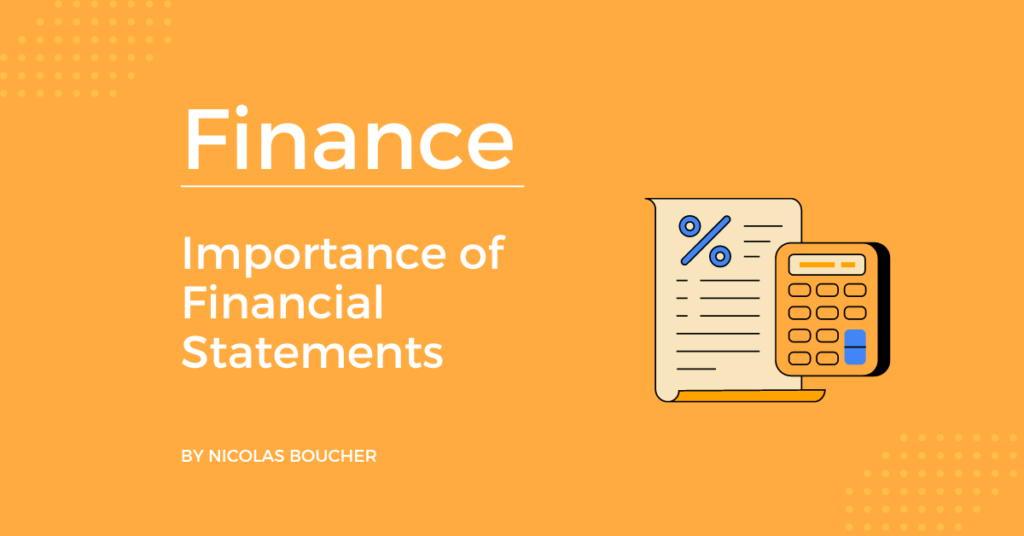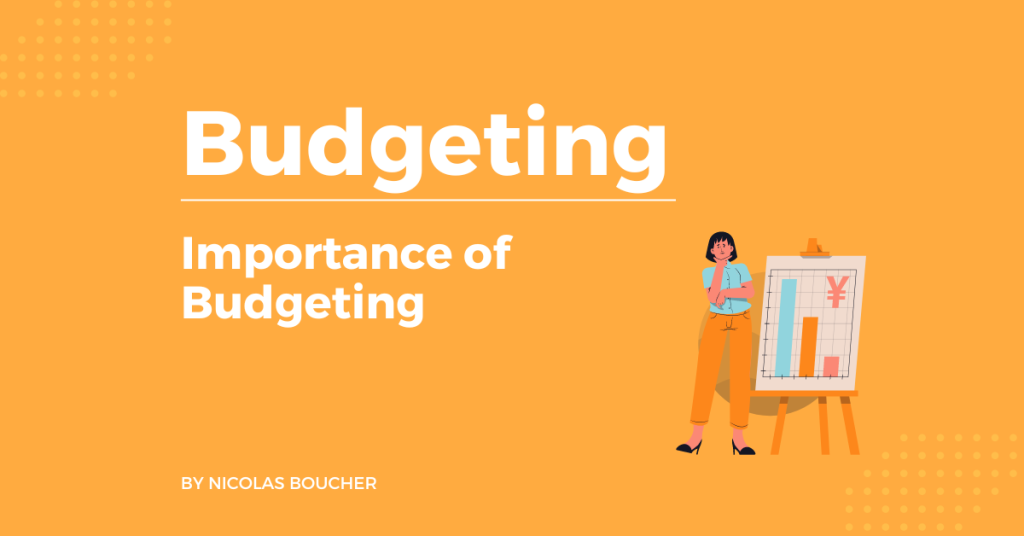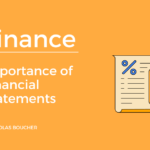Why is data storytelling in finance important?
Finance spends a great deal of time each month compiling data from numerous spreadsheets and source systems.
Also, finance must provide answers to queries about the company at both the macro and micro levels. Whether it’s to prepare for a board meeting or finish the month-end closure procedure.
Table of Contents
What Is Data Storytelling in Finance?
Creating a narrative around the business allows you to explain the “why” behind your figures through storytelling.
Therefore, understanding what matters to the business deeply and putting data in place to measure it are the actual starting points for data storytelling in finance.
When you want to build your story, having a proper system capturing the data and having the data structured and constantly updated will allow you to concentrate on the analysis and insights.
Only This Week
Are you tired of sifting through endless online resources that may or may not be worth your time?
Imagine having access to a program that international companies like Deloitte, Intuit, and Holcim have paid thousands of dollars for, now available to you for just $150. This is The Financial Storytelling Program by Soufyan Hamid.
I have personally participated in this program, taught it live, and seen firsthand the incredible results finance professionals achieve. No more stress and anxiety before and during presentations. No more miscommunication with your audience. No more spending hours on slides only to show a fraction of them.
With Soufyan’s program, you can forget about these issues. Instead, you’ll master the art of presenting, impressing your peers and bosses, and making a long-lasting impact.
This is a one-time opportunity to get the Financial Storytelling Program for only $150 instead of the regular $250 and SAVE 40%.
Don’t miss out on this one-of-a-kind offer!
The Value of A Data Story
Data stories are significant for the following reasons:
- Stories stick in the mind
- Stories appeal to our senses
- The emotional impact of stories
- Stories inspire us to take action
- Accounting and financial professionals need more than just data they own and report
- Finance must be able to communicate the numbers to the company in an understandable manner
- Analysis and problem-solving should not be the whole of a finance professional’s career. Instead, they should be able to communicate complicated data in straightforward and persuasive ways.
Data Story Levers
- Explore
- Explain
- Inspire
Elements
- Data
- Narrative
- Visuals
How to Get Better at Data Storytelling in Finance?
Almost every financetask, from preparing your board deck with the right kpis (like these 1o SaaS Kpis) to regular operational chores like the month-end close, involves financial storytelling.
Therefore, you must possess the information and abilities necessary to convey the whole financial picture of your organization. These seven techniques can help you develop your financial storytelling abilities.
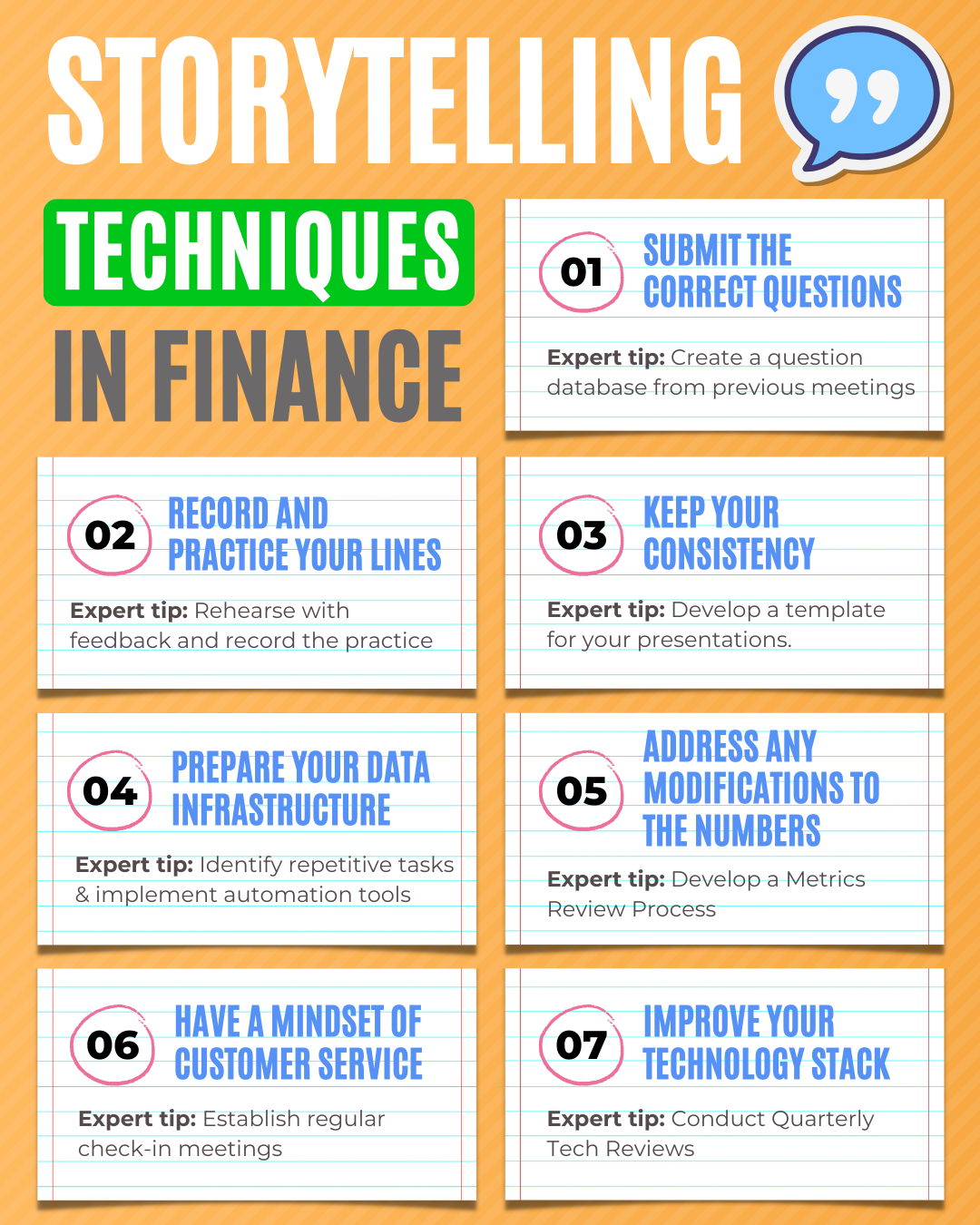
#1: Submit the Correct Questions
The finest review you can receive from a meeting of the board is, “You anticipated our questions!” In other words, you can predict the topics they’ll regularly focus on by comprehending the questions they ask over time.
What financial measures are important to them? What message are these indicators actually giving us? Do we need to change our concerns? By asking yourself these questions, you may develop presentations full of “a-ha” moments that lead to an interesting narrative.
Expert tip: Create a Question Database
- Compile a list of frequently asked questions from previous meetings.
- Regularly update this list with new questions.
- Use this database to predict and prepare answers for future presentations.
#2: Practice Your Lines
Your ability to convey a story requires more than simply a strong presentation deck. Additionally, you can channel that excitement into your voice and tone by being aware of where your punchlines are—the statistics and significant victories that thrill your audience.
Furthermore, you may be asked about metrics for the sales funnel, headcount planning, or balance sheet forecasts; in each case, you must comprehend the statistics and the “whys” behind them.
Expert tip: Rehearse with Feedback
- Schedule practice sessions where you present to a small group of colleagues.
- Ask for specific feedback on your delivery, clarity, and data points.
- Record your practice sessions to identify areas for improvement.
#3: Keep Your Consistency
Storytelling’s worth rests in continuing into the next stage of development. Yet, clear difficulties and answers are shown in effective stories. Moreover, board members want to hear how you overcame obstacles and what you have planned for the future since they don’t intend for you to be stagnant.
Expert tip: Use a Presentation Template
- Develop a standardized template for your presentations.
- Include sections for context, challenges, solutions, and future plans.
- Ensure each presentation follows this structure to maintain consistency.
#4: Prepare Your Data Infrastructure
Your data is only as useful as your capacity to timely gather, combine, and display it to provide users with the insights they require.
Scaling financial storytelling will also be simpler the sooner your data architecture is in good condition. However, there isn’t a single best technique to create a financial information infrastructure. Yet, if you approach it as a framework for FP&A, you’ll be able to gather data from throughout the organization and provide everyone with up-to-the-minute information.
Expert tip: Implement Automation Tools
- Identify repetitive data tasks that can be automated.
- Invest in automation tools like Power Automate or Power Query that integrate with your data systems.
- Regularly review and optimize these tools to ensure efficient data management.
#5: Address Any Modifications To The Numbers
Metrics and KPIs are what you rely on to show growth patterns, but they can shift at any time for any cause. Furthermore, you develop confidence and transparency for your company’s development story when you can articulate and take responsibility for the “why” these critical markers are declining.
You want to make the numbers visible to management and leadership. Also, finance might sometimes turn data into complex Excel formulas, but that creates a silo where it is impossible to communicate the narrative or concentrate on why statistics are moving.
Make sure you work with your division leaders to develop a few viable solutions to deploy throughout the upcoming quarter, particularly if the figures are worsening.
Expert tip: Develop a Metrics Review Process
- Set up a regular schedule for reviewing key metrics and KPIs.
- Create a standard report format to explain changes in the numbers.
- Hold review meetings with department heads to discuss and address these changes.
#6: Have A Mindset of Customer Service
Consider your colleagues as your clients and put them first. This is one of the top CFO traits finance teams may adopt. You can concentrate on working with each department to make sure they get the information they need to make the best decisions by having a customer service attitude.
Expert tip: Establish Regular Check-Ins
- Schedule monthly check-in meetings with each department.
- Use these meetings to understand their data needs and challenges.
- Provide tailored financial insights and solutions based on their feedback.
#7: Improve Your Technology Stack
You may connect with and delve more deeply into your everyday financial duties thanks to the CFO software stack. Therefore, to guarantee ease of use rather than having to go between your primary systems of record for data, you must make your technology stack as fluid as feasible.
In order to do this, you must reduce the number of tools you need to consult. Longer review cycles caused by more technologies restrict finance from looking ahead to more effective growth strategies.
Tip: Conduct Quarterly Tech Reviews
- Review your technology stack every quarter to identify any gaps or inefficiencies.
- Research and trial new tools that could improve your data processes.
- Train your team on any new tools to ensure smooth integration and usage.
Conclusion – Data Storytelling in Finance
Communication of data-driven insights relies on your capacity to develop a story but also to put all the processes around it to optimize the creation of the story.
Have always the end in mind when you set up your data processes and think how you will be able to use them to create your story!
In order to become a data storytelling expert, you can take my course which is the choice of many successful finance professionals.
Reminder:
Master the art of presenting your financial results with impact. Be the first to seize this exclusive offer and impress your peers and colleagues by adding unparalleled value to your work.
Join the Financial Storytelling Program now and save 40%!
FAQ
Q: What is data storytelling in finance?
A: Data storytelling in finance involves creating a narrative around financial data to explain the “why” behind the numbers. It combines financial metrics, narrative, and visuals to make complex data more accessible and engaging for stakeholders.
Q: How does data storytelling benefit financial reporting?
A: Data storytelling enhances financial reporting by providing context and narrative to the numbers, making reports more comprehensive and engaging. This approach helps stakeholders understand the broader implications of financial data, supporting better decision-making.
Q: What are the key components of an effective data story in finance?
A: An effective data story in finance includes clear data presentation, a compelling narrative, and engaging visuals. These elements work together to make complex financial information more understandable and impactful.
Q: How can financial professionals improve their data storytelling skills?
A: Financial professionals can improve their data storytelling skills by practicing key techniques such as anticipating questions, rehearsing presentations, maintaining consistency, optimizing data infrastructure, addressing metric changes, adopting a customer service mindset, and regularly reviewing their technology stack. These actions enhance the ability to communicate financial data effectively and engage stakeholders.
Q: Why is data storytelling important for financial professionals?
A: Data storytelling helps financial professionals communicate complex data in a clear and persuasive manner, aiding strategic decision-making. It transforms raw numbers into compelling stories that highlight key insights and trends.

